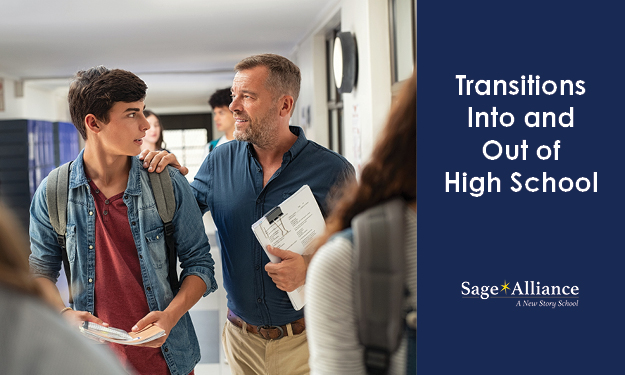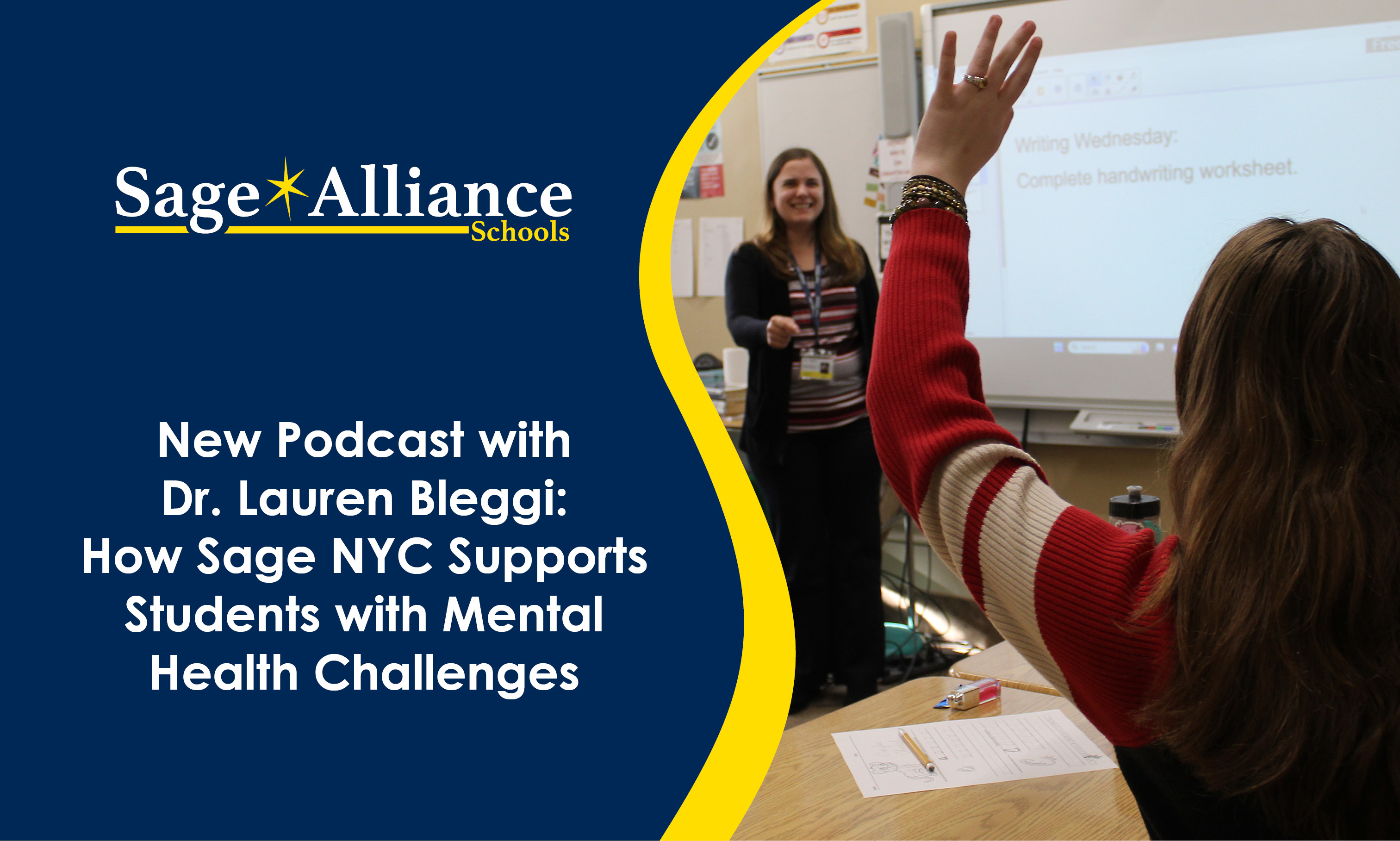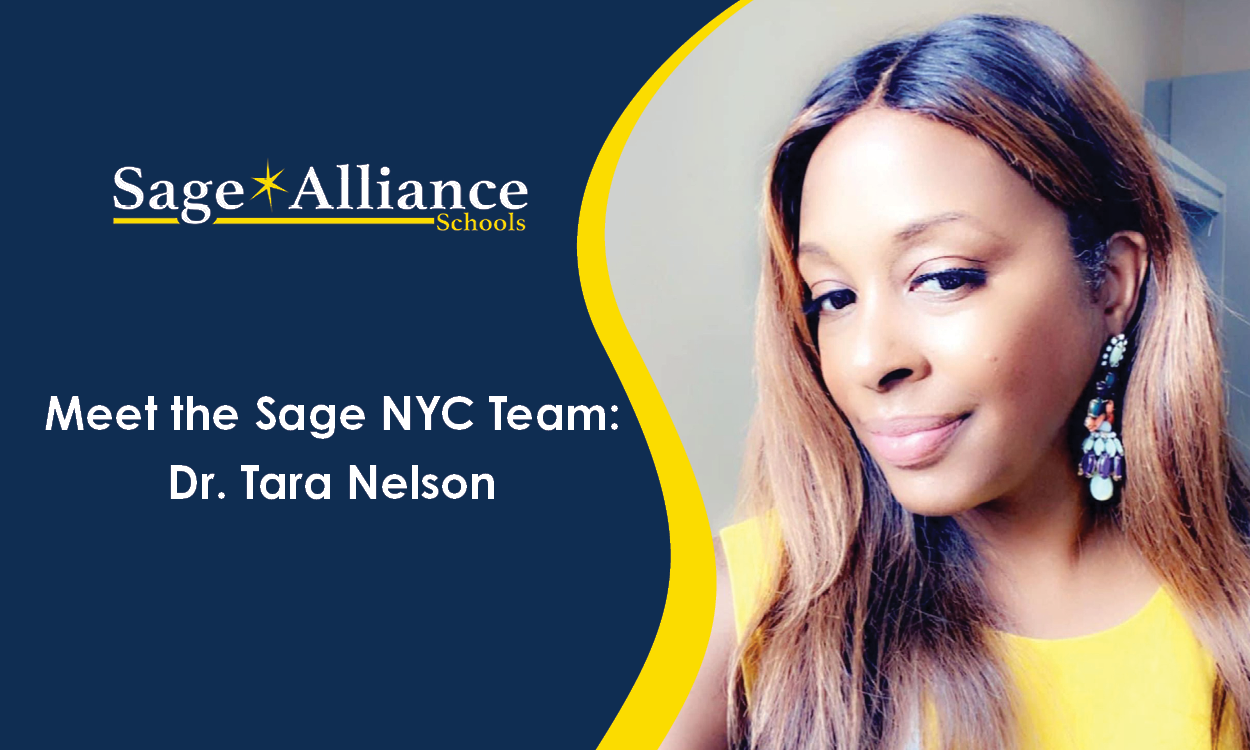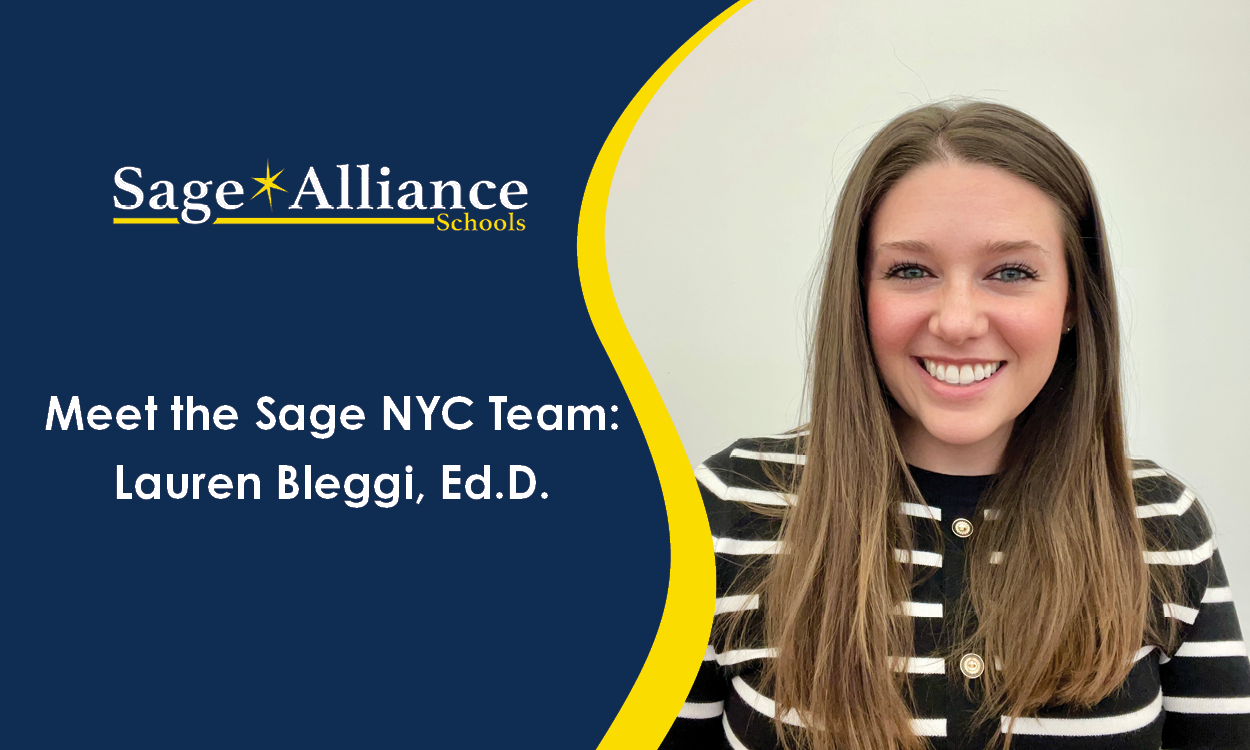Getting to "NO" You
Posted: December 07, 2011 | Written By: | Category:

by John Reilly, Executive Director
“I never take NO for an answer,” is a statement said with pride, as it is associated with perseverance, success and strength. Those who cannot take no for an answer suffer greatly when they realize that the world will just not stop saying “no”. As educators and clinicians, we are often confronted with students who, to their detriment, cannot take “no” for an answer. When confronted with a “no”, these students do not respond with, “I’ll find another way” or “I’ll see if there are other options.” To the contrary, these students will respond to “no” with, “I want it my way!” When the answer is still no, these students may respond with various maladaptive behaviors including outbursts of temper, misbehavior, social withdrawal or subtle efforts to manipulate their way to “yes.” Compounding this problem is an increasingly widespread adult belief that kids should be absolutely protected from disappointment, failure and frustration. Of course, we do not want our children to experience pain, but in most cases “no” is not life threatening but is actually preparation for dealing with the world and the limitations of our will.
At Sage Day, we spend a lot of time working with students to help them tolerate hearing the “no” in life. Clinically speaking, this is the work of developing the ego in the areas of frustration tolerance, delay of gratification and working-through disappointment. When students develop these ego strengths they make the greatest gains and begin to feel they can handle more in life. When these ego strengths are not developed, the student feels like a victim in the world. Disappointments feel like attacks and the student may respond in ways that are out of proportion to the offense. These maladaptive responses can lead to social isolation and the student’s sense that things are not going well becomes a self-fulfilling prophecy.
The student who cannot take “no” for an answer will often conclude that the school is the cause of his problems and develops the notion that a new school will be the cure-all. Thus, for many students, the first several weeks at Sage Day can be a honeymoon period. The student is grateful to be in a place that feels different from whence they came. Although the previous environment may have exacerbated their anxiety and feelings of being overwhelmed, it is only in rare cases that the environment is the sole cause. In fact, when students come to Sage Day, they do not check their problems at the door. The difference at Sage is that we have the time and staff to help students work through their disappointment in discovering that a mere geographic change is never a complete solution. We respond to this disappointment with a lot of empathy and tact but we balance this with clear expectations and limitations that provide the student with the opportunity to learn to tolerate frustration and press on even when everything is not going her way.
Students slowly begin to realize that they are the architects of their own growth and that positive changes result from plain old work. This work takes place in therapy, in class and in the social arena. To aid in this process we do not have to create frustration or disappointments. These just happen. When disappointments and frustrations do arise, we are there to help the student pick up the pieces. The process is slow and the work is hard. There is resistance and testing along the way, as students will frequently resort to their maladaptive habits and tactics for handling frustration. We respond by staying the course and helping parents to do the same. The result is a stronger and more resilient person who is better prepared for what is next in life.
Want to be notified of new articles and resources from Sage Alliance? Click here to submit your email and opt into our newsletter.









